Seeing sound: Gabriel de la Mora visually records decades of music at The Drawing Center

Synesthetes claim the ability to associate numbers, sounds or colours across sensory pathways – and artists from Wassily Kandinsky to Iannis Xenakis have sought visual inspiration in music – but most of us would regard the idea of literally seeing sound as, in reality, impossible. In his current exhibition at The Drawing Center, however, Gabriel de la Mora interprets this proposition through a uniquely materialist lens, while also pushing the boundaries of the medium of drawing. Installed in symmetrical rows and clusters across the gallery, 55 pairs of vintage speaker grille cloths bear the visible imprint of decades of radio and music broadcasts.
De la Mora collected these screens in Mexico City flea markets, and they project the uncanny veneer of an earlier era in music technology and design; woven in chevrons, grids and undulating stripes, most are constructed in dull-brown fabric with gold or black details as warp and weft.
Once detached from the armature of a speaker and laid out flat, however, each grille cloth’s individual biography emerges in the form of darkened circles and rectangular patches that mark the site of exposure, stained by dust, sound, light and touch. Like aural palimpsests, these shapes are indexical or even photographic; they record the imprints of pop songs and news reports, radio segments and sports games, collective history met with external street noise and private conversations. Unaltered by the artist’s own hand, the ghostly shapes appear to have been drawn by sound itself, aided by time and atmospheric intervention.
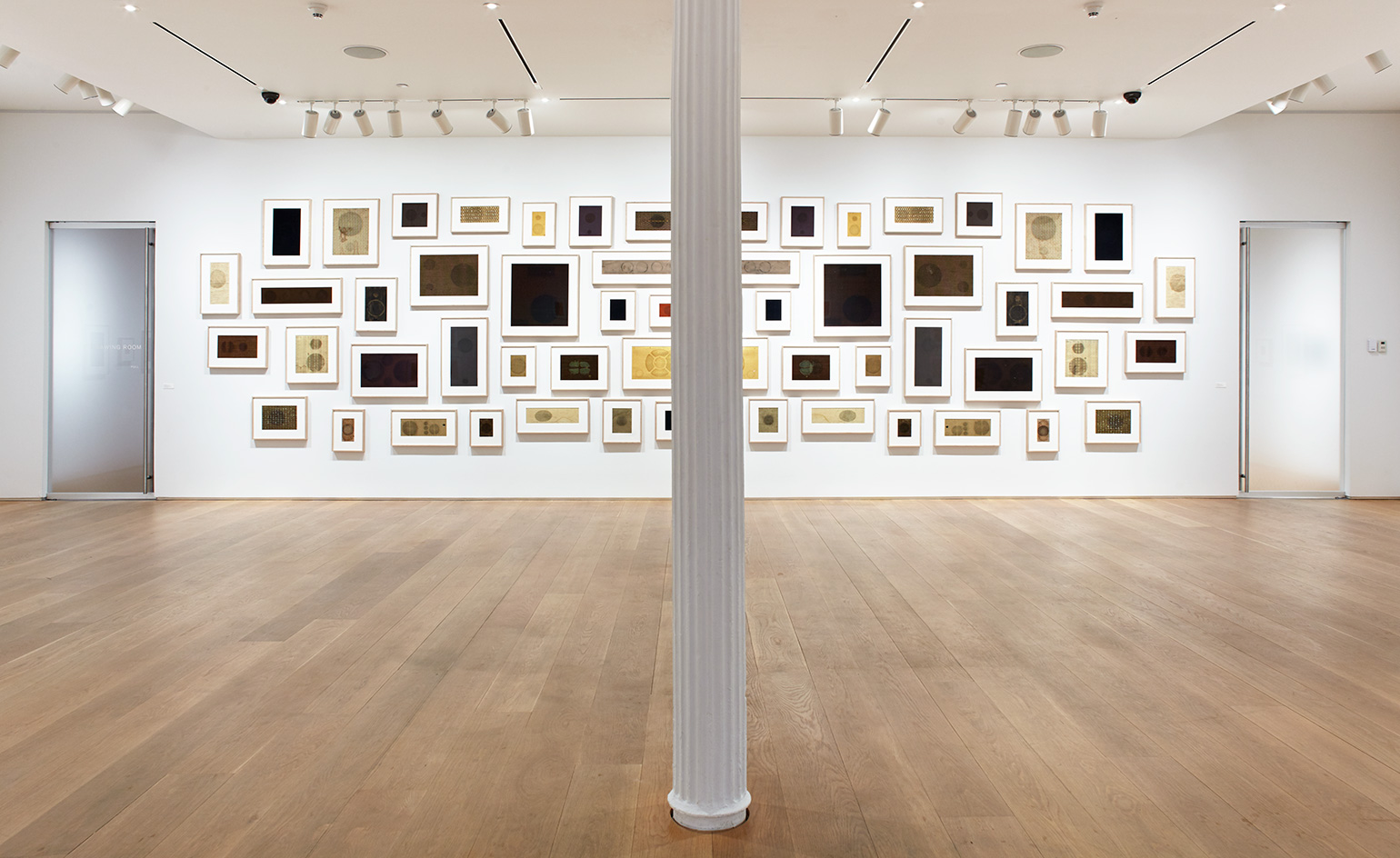
These dust particles visually record the cadences and volume of voices, advertisements, news broadcasts, soap operas, football games and music, as well as interference and silence
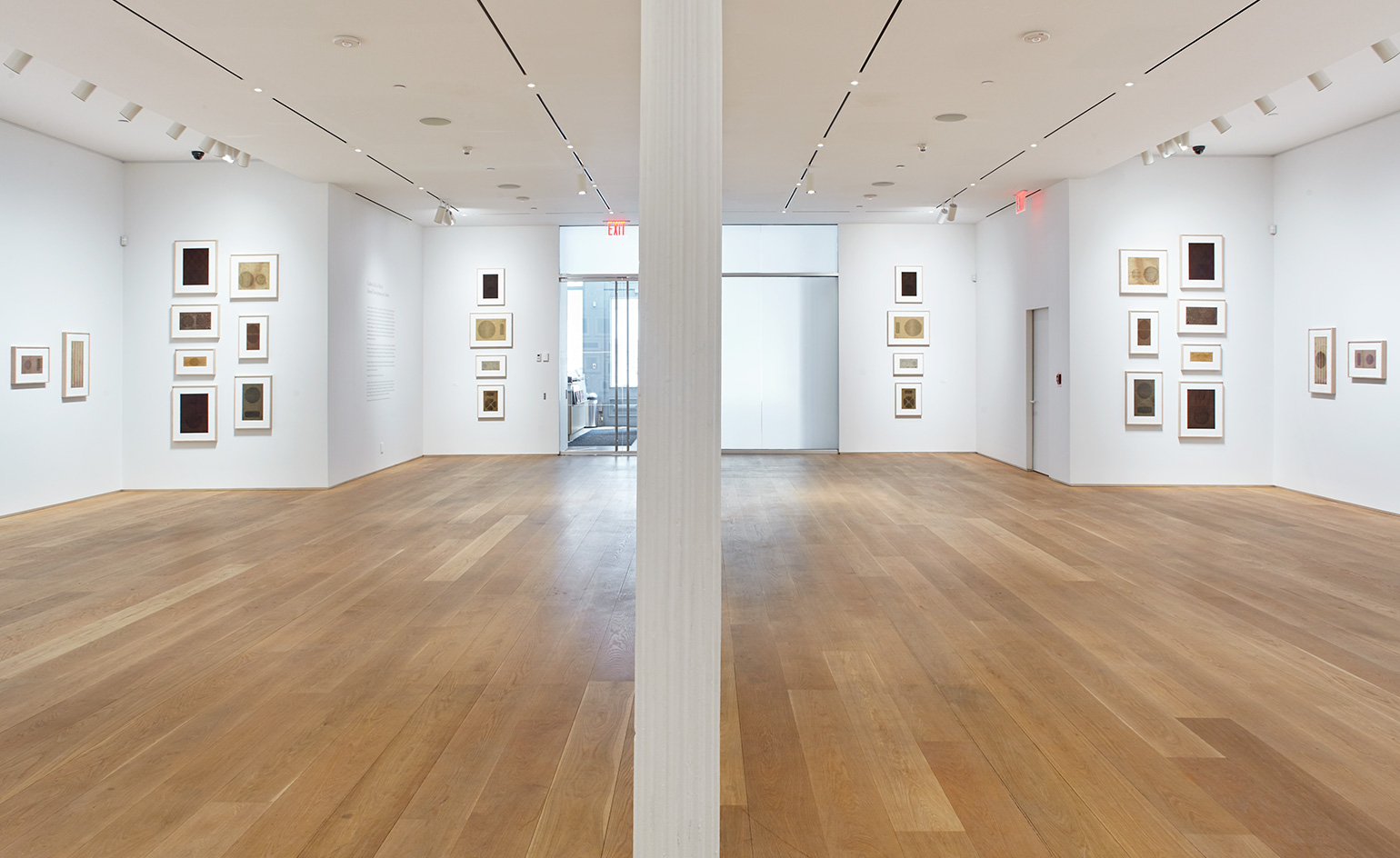
De la Mora interprets the proposition of 'seeing sound' through a uniquely materialist lens, while also pushing the boundaries of the medium of drawing
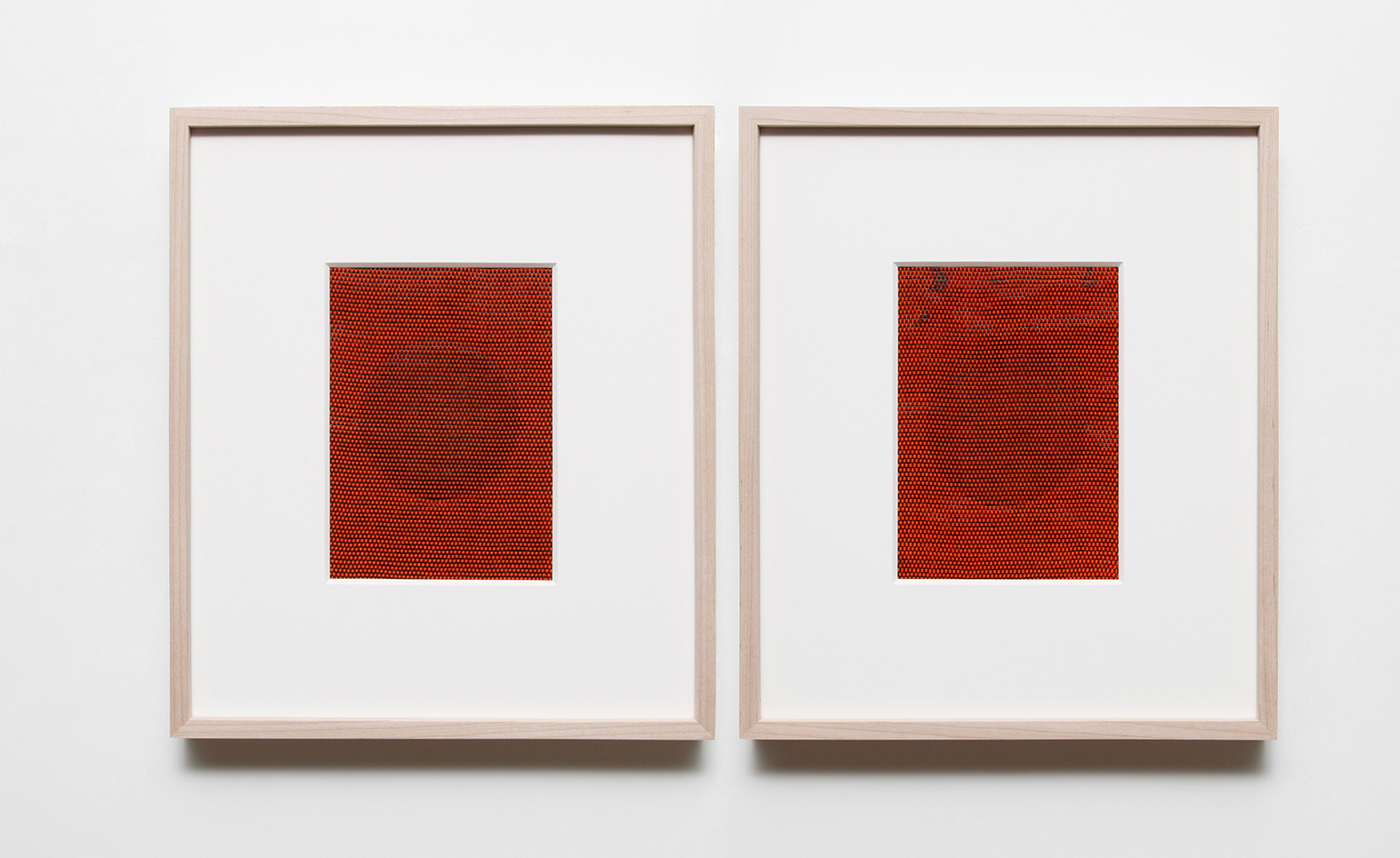
De la Mora collected these screens in Mexico City flea markets. Pictured: B-135, 2015. Courtesy Timothy Taylor, London; Proyectos Monclova, Mexico City; and Sicardi Gallery, Houston

They project the veneer of an earlier era in music technology and design. Pictured: B-194, 2015. Courtesy Timothy Taylor, London; Proyectos Monclova, Mexico City; and Sicardi Gallery, Houston

Woven in chevrons, grids and undulating stripes, most are constructed in dull-brown fabric with gold or black details as warp and weft. Pictured: B-91, 2015. Courtesy Timothy Taylor, London; Proyectos Monclova, Mexico City; and Sicardi Gallery, Houston

Unaltered by the artist’s own hand, the ghostly shapes appear to have been drawn by sound itself, aided by time and atmospheric intervention
INFORMATION
’Gabriel de la Mora: Sound Inscriptions on Fabric’ is on view until 2 September. For more information, visit The Drawing Center website
Photography: Martin Parsekian. Courtesy The Drawing Center
ADDRESS
The Drawing Center
35 Wooster Street
New York, NY 10013
Receive our daily digest of inspiration, escapism and design stories from around the world direct to your inbox.
-
 Daisy Margarita Bar reimagines the Mexican tavern with vaquero flair in Los Angeles
Daisy Margarita Bar reimagines the Mexican tavern with vaquero flair in Los AngelesFrom frozen guacamole margaritas to lamb shank with frijoles puercos, this new Sherman Oaks destination mixes playful gastronomy with tradition
-
 The best of California desert architecture, from midcentury gems to mirrored dwellings
The best of California desert architecture, from midcentury gems to mirrored dwellingsWhile architecture has long employed strategies to cool buildings in arid environments, California desert architecture developed its own distinct identity –giving rise, notably, to a wave of iconic midcentury designs
-
 Meet Rural Futurisms, 'agents for catalytic change' in South Africa's landscape design field
Meet Rural Futurisms, 'agents for catalytic change' in South Africa's landscape design fieldLed by Lesego Bantsheng, the collective is challenging conventional ideas of landscape by reimagining how rural communities connect with heritage, ecology and design
-
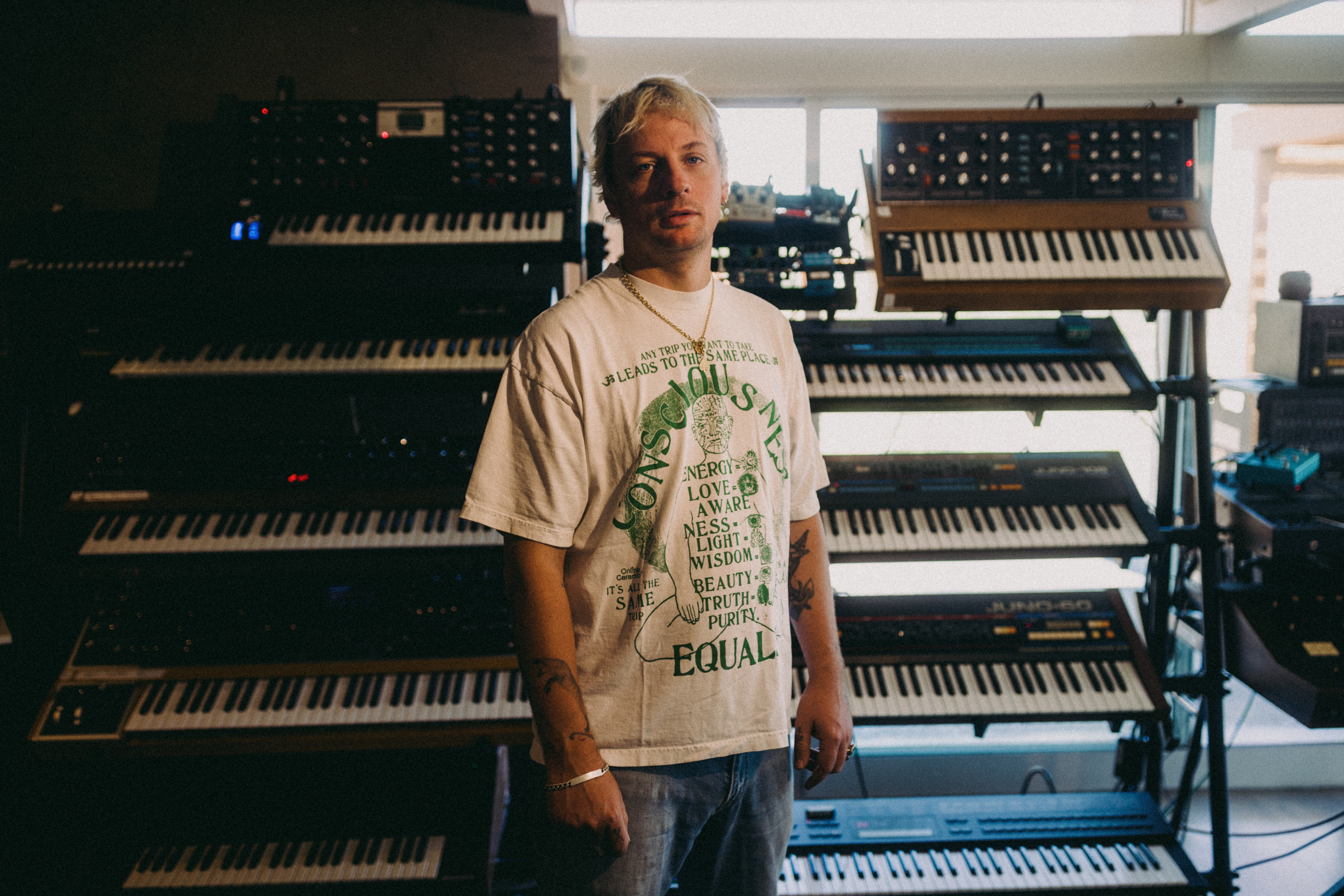 Curtains up, Kid Harpoon rethinks the sound of Broadway production ‘Art’
Curtains up, Kid Harpoon rethinks the sound of Broadway production ‘Art’He’s crafted hits with Harry Styles and Miley Cyrus; now songwriter and producer Kid Harpoon (aka Tom Hull) tells us about composing the music for the new, all-star Broadway revival of Yasmina Reza’s play ‘Art’
-
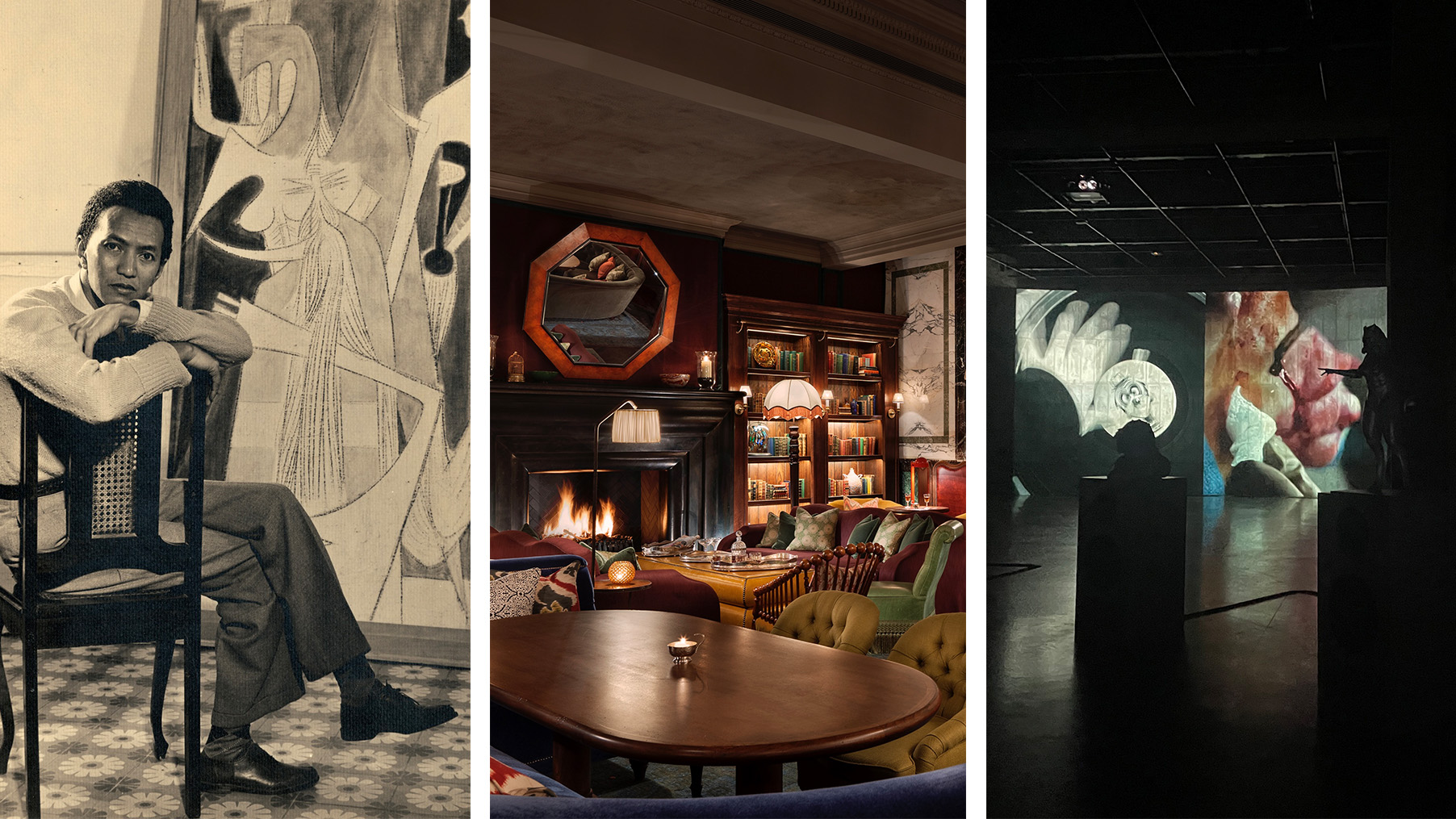 Out of office: the Wallpaper* editors’ picks of the week
Out of office: the Wallpaper* editors’ picks of the weekHere in the UK, summer seems to be fading fast. Moody skies and showers called for early-autumn rituals for the Wallpaper* team: retreating into the depths of the Tate Modern, slipping into shadowy cocktail bars, and curling up with a good book
-
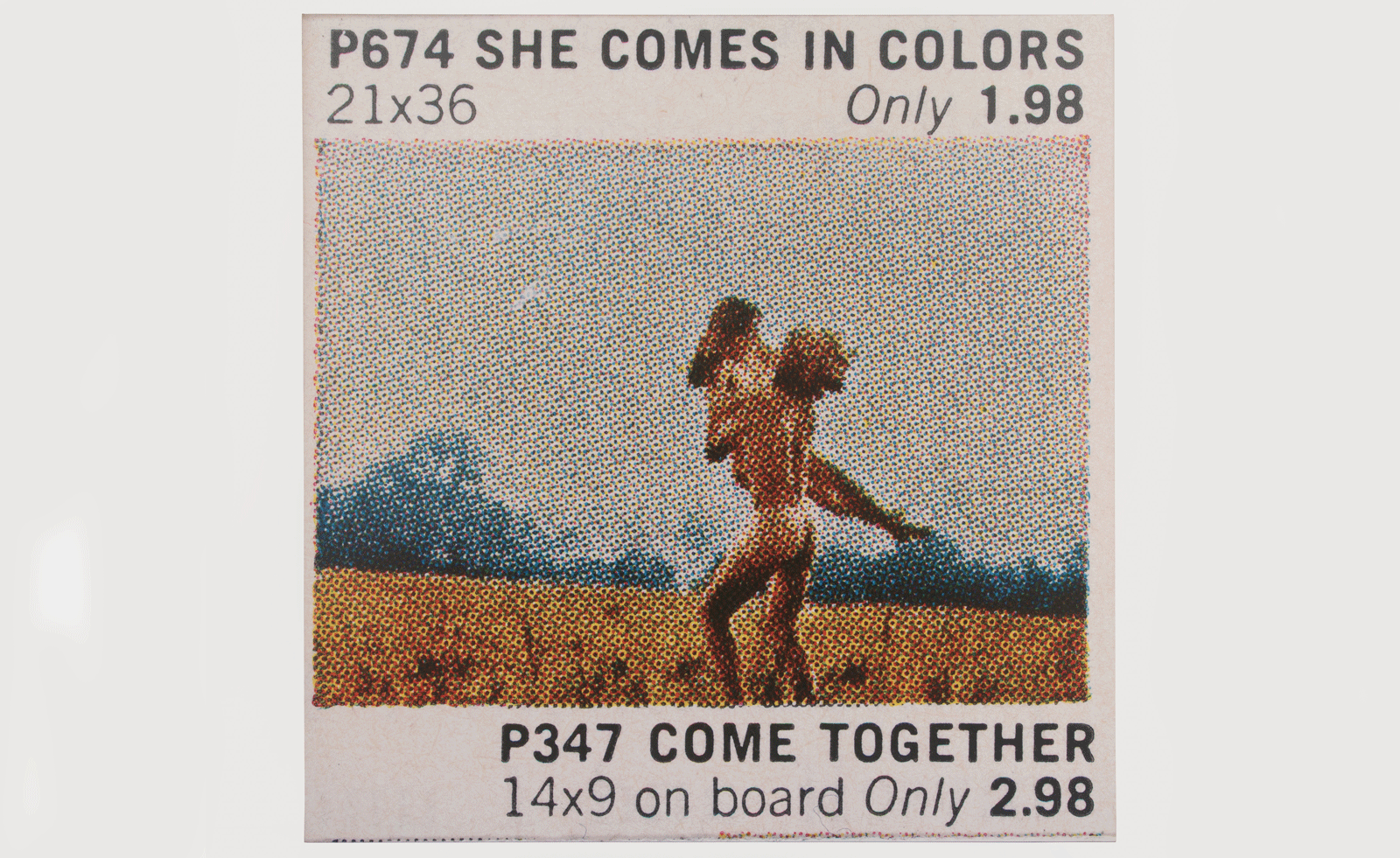 Richard Prince recontextualises archival advertisements in Texas
Richard Prince recontextualises archival advertisements in TexasThe artist unites his ‘Posters’ – based on ads for everything from cat pictures to nudes – at Hetzler, Marfa
-
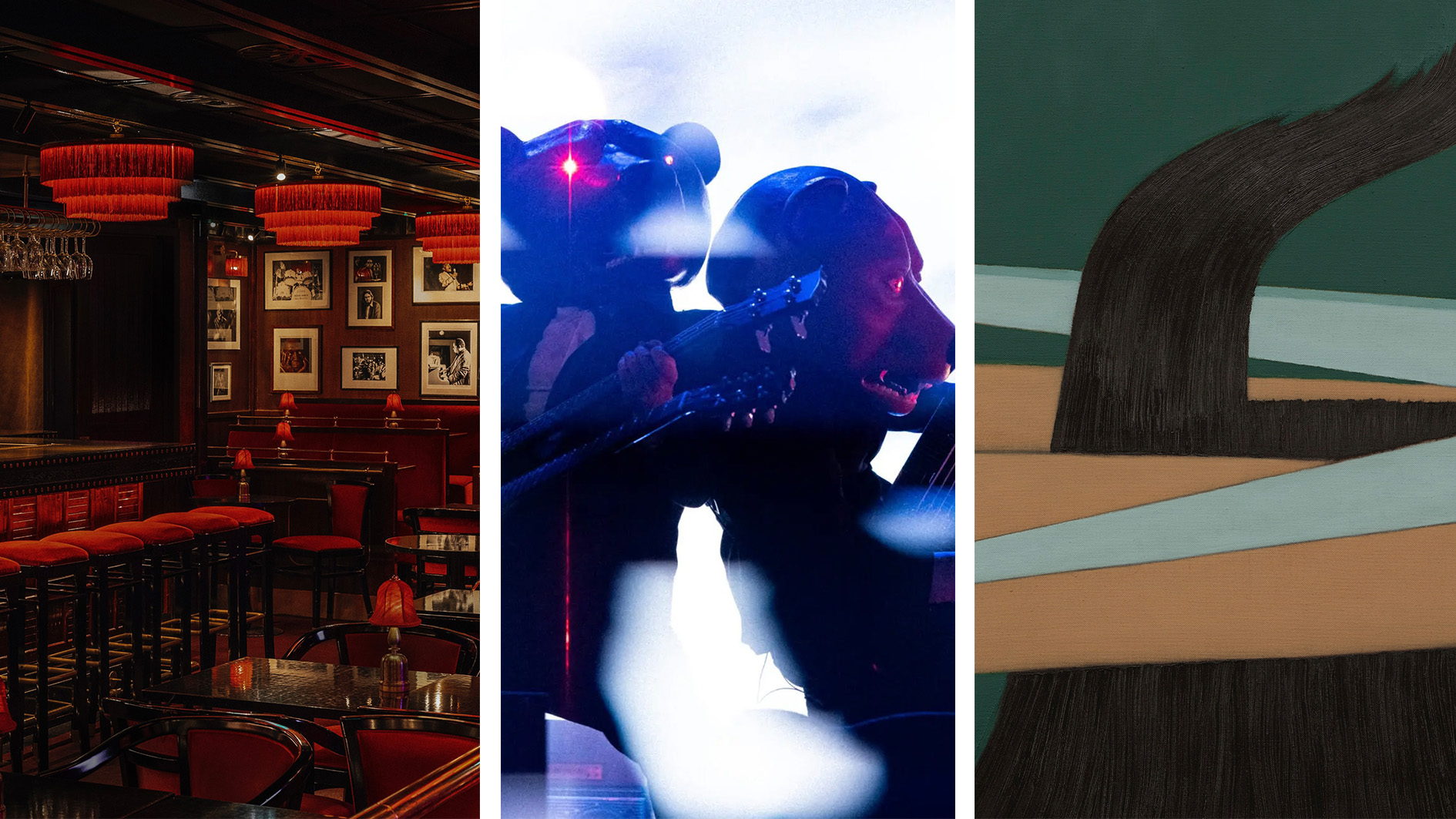 Out of office: the Wallpaper* editors’ picks of the week
Out of office: the Wallpaper* editors’ picks of the weekAnother week, another flurry of events, opening and excursions showcasing the best of culture and entertainment at home and abroad. Catch our editors at Scandi festivals, iconic jazz clubs, and running the length of Manhattan…
-
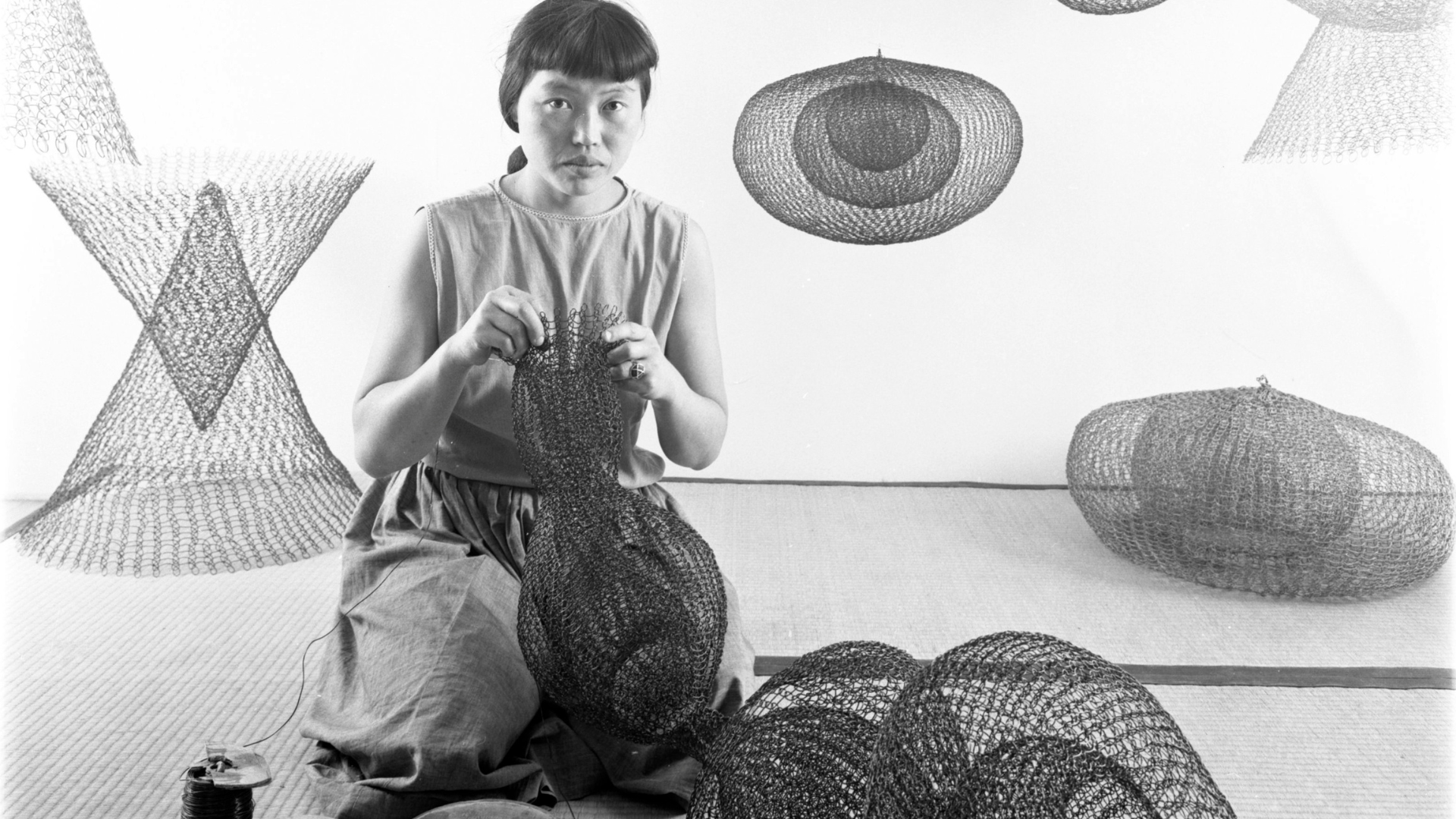 The best Ruth Asawa exhibition is actually on the streets of San Francisco
The best Ruth Asawa exhibition is actually on the streets of San FranciscoThe artist, now the subject of a major retrospective at SFMOMA, designed many public sculptures scattered across the Bay Area – you just have to know where to look
-
 Orlando Museum of Art wants to showcase more Latin American and Hispanic artists. Do you fit the bill?
Orlando Museum of Art wants to showcase more Latin American and Hispanic artists. Do you fit the bill?The Florida gallery calls for for Hispanic and Latin American artists to submit their work for an ongoing exhibition
-
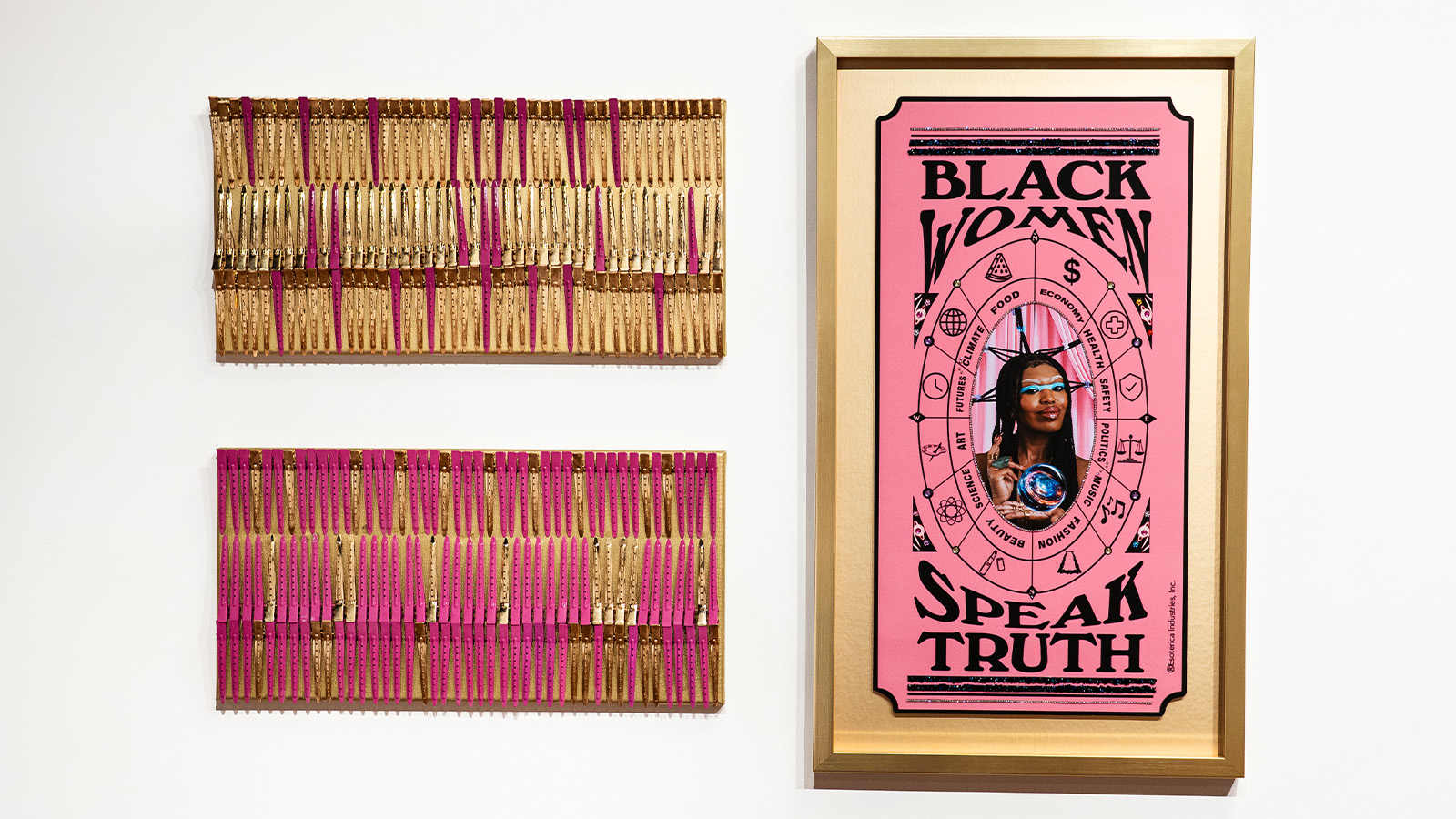 The spread of Butter: the Black-owned art fair where artists see all the profits
The spread of Butter: the Black-owned art fair where artists see all the profitsThe Indianapolis-based art fair is known for bringing Black art to the forefront. As it ventures out of state to make its Los Angeles debut, we speak with founders Mali and Alan Bacon to find out more
-
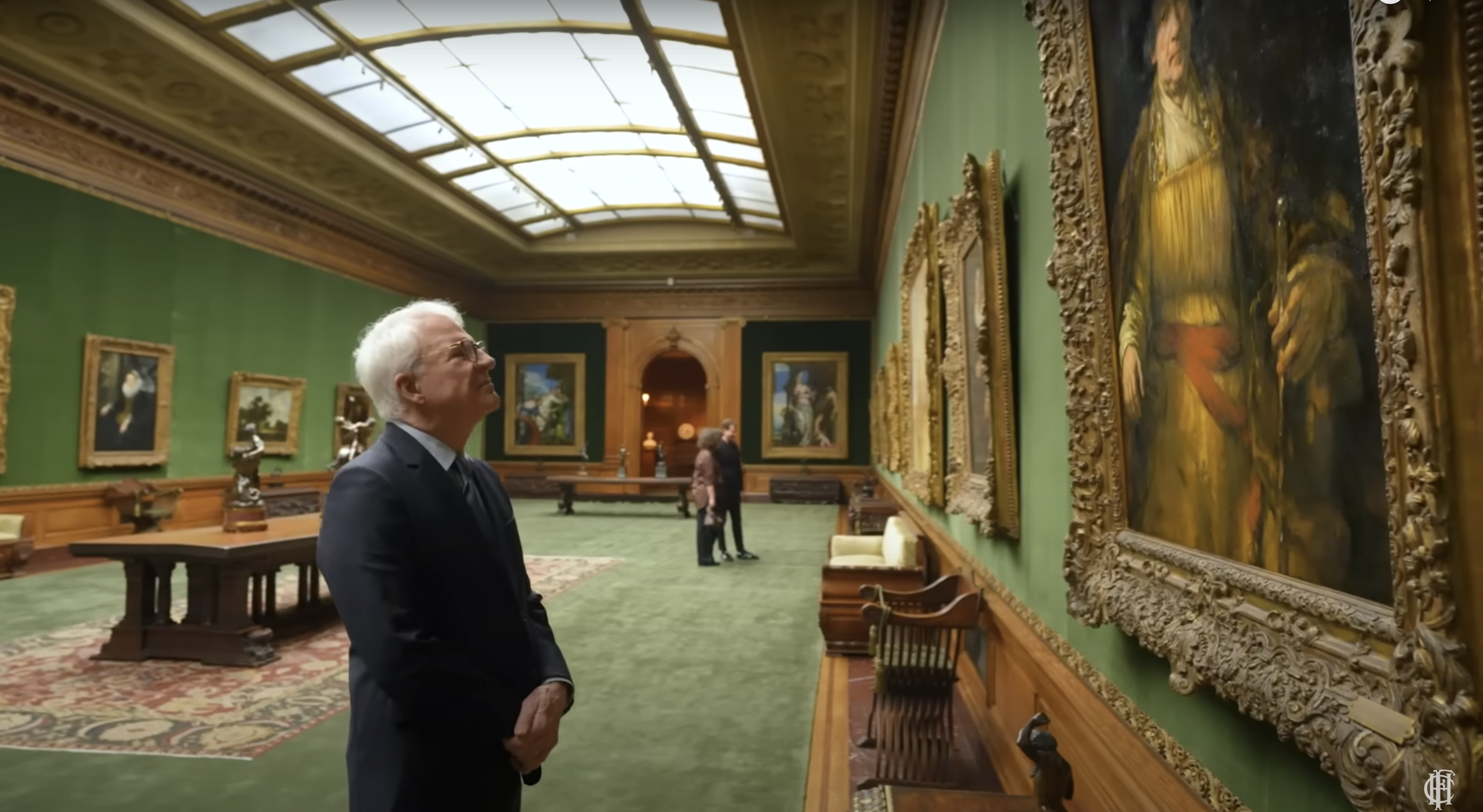 Steve Martin wants you to visit The Frick Collection
Steve Martin wants you to visit The Frick CollectionThe actor has appeared in a video promoting New York’s newly renovated art museum